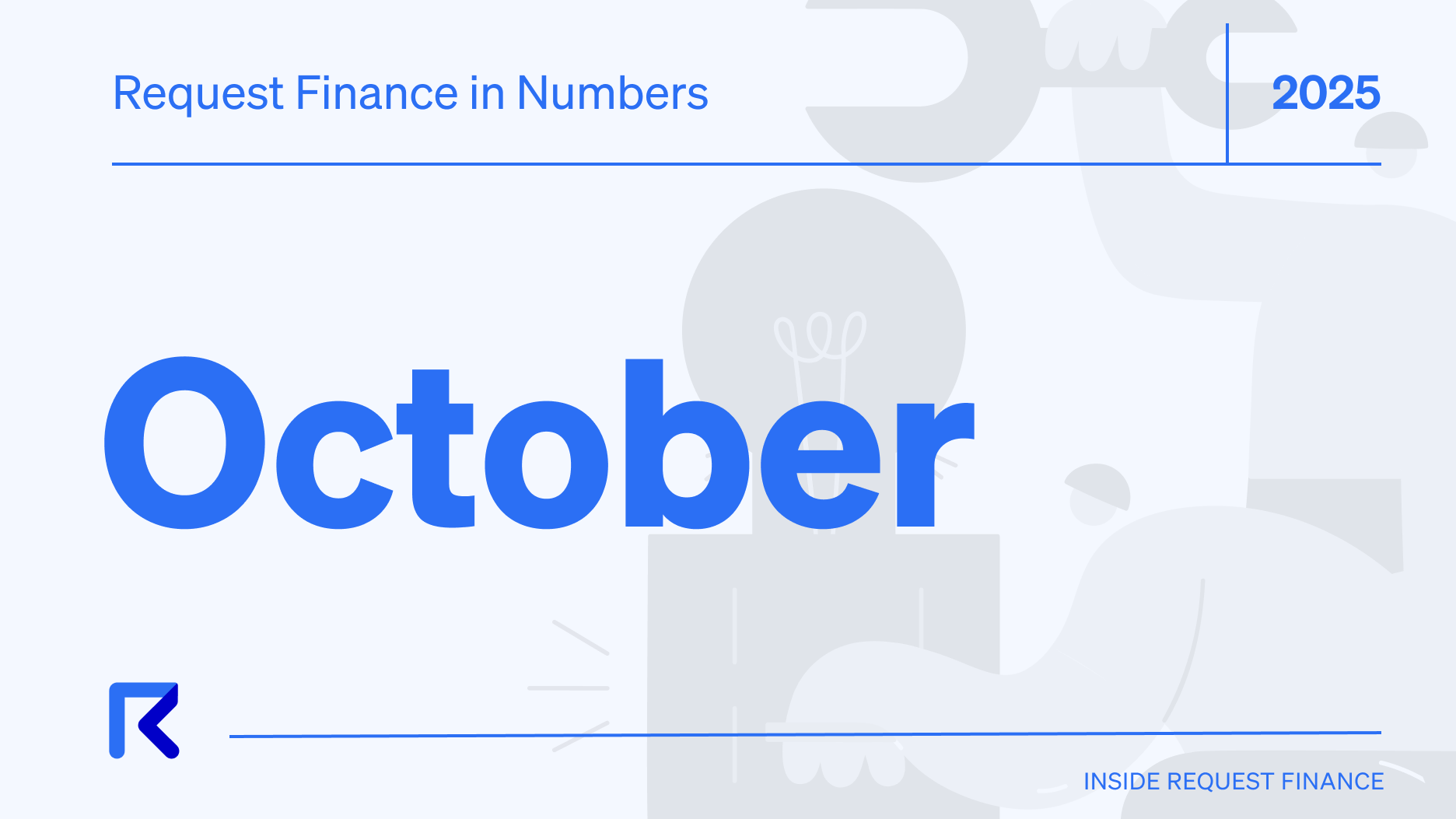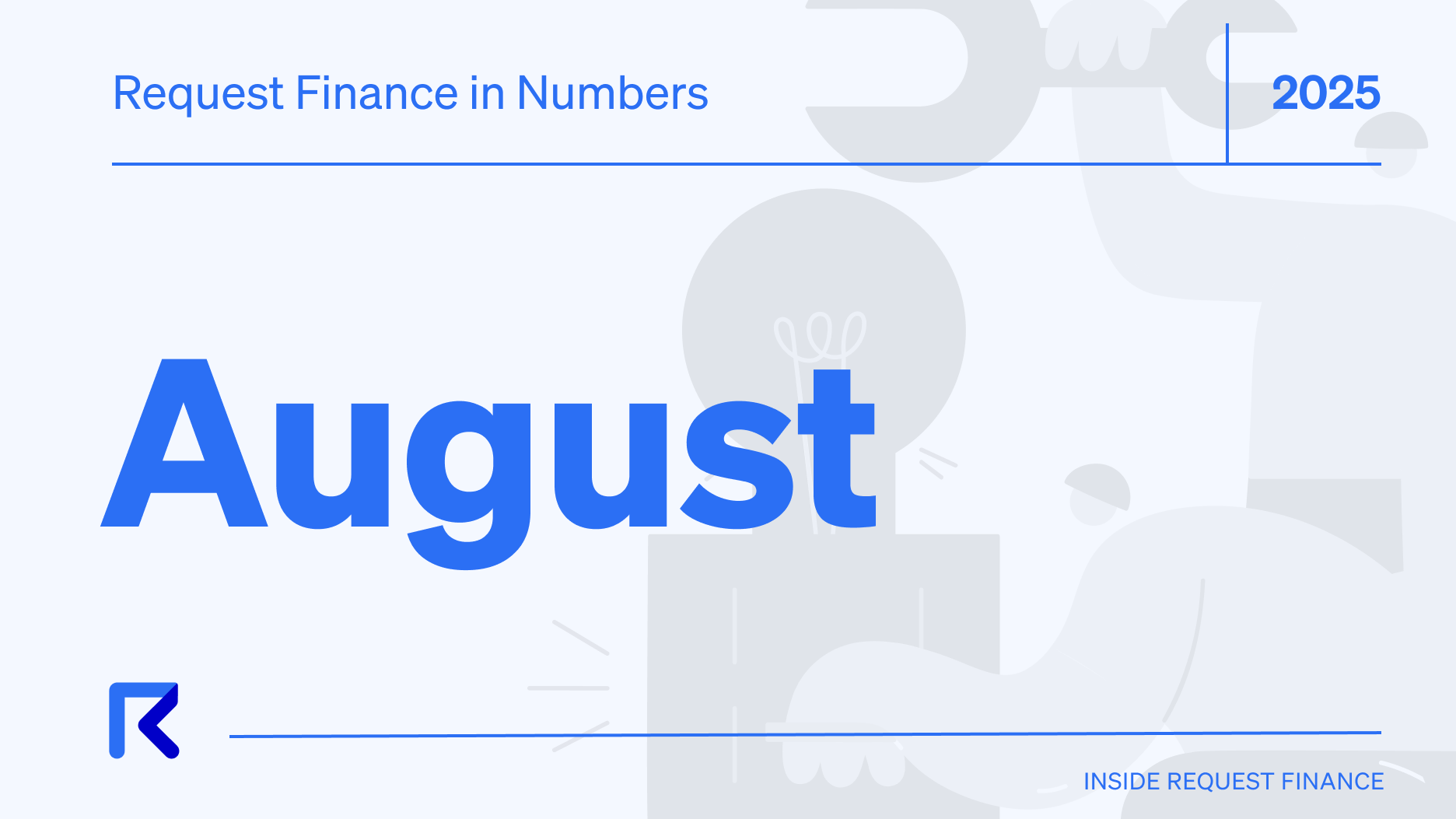How To Find Freelance Gigs In Web3
Learn how to land freelance gigs in Web3 using strategic methods to identify job opportunities.

Many people have compared Web3 to the early days of the internet. The media hype, the wild booms and busts of financial speculation on companies - and also the transformative potential of a general-purpose technology.
But that also means that it can be a wide open space that’s confusing to navigate.
So if you want to find work in Web3, here are two ways you can approach it: supply-side, and demand-side. Both of those two approaches are not mutually exclusive, and they can help you find work in Web3. I’ll show you how.
Supply side
The supply-side approach to finding work in Web3 starts with what you want, or care about. Your interests, knowledge, and skills. In startup circles, people call this “founder-market fit”.
This approach can determine your long-term value as a freelancer in Web3. If you have a particular application, or technology that you can’t stop thinking about, or talking about - chances are that you will be able to bring more value to a Web3 team than someone else who doesn’t share that obsession.
There are two questions you can aim to answer:
1. Which blockchain layer do you care about most?
The most common way to think about Web3 is by the different layers of blockchain technology. There are many competing definitions of the different blockchain layers.
But for simplicity, the lower the layer, the closer you are to the fundamental technology. Things like cryptography, and distributed computing. The higher the layer, the closer you get to the application of that technology to specific areas like payments, identity, or credit scoring.
Figuring out which layer you are interested in can help you find work in Web3 in two ways. First, by narrowing down the kinds of companies you should be looking to work for. Second, it also helps you figure out the next question: what skills can you bring to the table as a freelancer in Web3?
Generally speaking, if you are focused more on the lower, base layers of the blockchain technology landscape, you will require a lot more scientific and technical expertise. Conversely, when you move close to the application level, non-technical, more commercial roles are more plentiful.
2. What are your core skills?
Being a freelancer is really just a fancy way of saying that you are the product. Your services are the product that your clients are paying you a “subscription fee” for.
Focusing on what services you can offer to a Web3 project, given the skills that you have, helps to figure out where you might start looking for work in Web3.
There is a misconception that freelancing in Web3 requires programming or deep technical skills. No doubt, these roles are high in demand, and if you can offer to contribute to the code base of a protocol, your services will be highly valued.
However, there are also a lot of other unique roles in community and product marketing, product management, legal & compliance, business development, accounting and finance. Many of these more commercial roles are also sorely needed in Web3.
In short, there are many ways you can add value to a Web3 team. As a freelancer, figure out what your most compelling service offering is.
Once you have identified what you care about working on in Web3, and you have an idea of what services you can offer - you are ready to start building your personal portfolio.
Web3 freelancers who have a clear focus on a particular topic, and build domain expertise in that topic can stand out better than those who do not.
Ready to Supercharge Your Crypto Accounting?
Stop wasting time, manually creating journal entries. Automate your accounting now, and enjoy error-free reporting
Learn how to scale your company's crypto & fiat financial operations
Your financial complexities are our specialties. Schedule your free consultation today and discover how Request Finance can transform your financial operations
Simplify crypto and fiat financial operations today
Rely on a secure, hassle-free process to manage your crypto invoices, expenses, payroll & accounting.
Demand side
The demand-side approach starts with what the industry wants or needs. What Web3 jobs are in demand, which Web3 companies are hiring, or what roles are they hiring for. People often refer to this as “product-market fit”.
But as a freelancer - you are the product. Knowing what the Web3 market wants or needs is going to make it easier to find work in Web3. As the saying goes “follow the money”.
There are three ways you can figure out where the money is in Web3:
1. Finding patterns in Web3 job postings
What better or simpler way to find work in Web3 than to simply look at what Web3 jobs are in demand? Job postings are like open bids where projects are willing to pay for a service to be rendered.
But what if the job postings are for full-time roles only? Often, what matters more is whether or not you are able to meet the needs of that role. If their needs are satisfied, very few teams will reject a freelancer outright.
Job boards dedicated to crypto companies, or Web3 job listings on traditional job sites like LinkedIn are open calls for freelancers to fill an explicit need. If you can fulfill the order, you can take the money.
But as any good marketer will tell you - explicit needs don’t tell you the full picture. Also, there is very little alpha to be earned from doing what most people already do: apply to job postings.
Finding the latent needs of companies that have not yet turned into open job offers, is where the best Web3 freelancers can find work where others seldom think to look.
2. Finding patterns in Web3 venture capital funding
One of the hot themes in Web3 is MEV and front-running. A blockchain’s miners, or nodes often have a great deal of control over transaction ordering. This creates a range of opportunities for them to extract additional profits through front-running transactions.
As a freelancer in Web3, you too, can front-run the order book for jobs at crypto companies that have not yet gone live.
But this doesn’t involve hacking into their HR emails, or any of the technical sophistry that goes into running MEV bots.
When projects or organizations raise money from token sales, venture capital firms are often a popular choice for legitimacy and branding. That money isn’t meant to sit idle in a startup’s bank account, or on a treasury’s multisig wallet. Venture capital is fuel to be spent on growth.
In the process of pitching to these VCs, one of the most common ways teams say they plan to use the funds raised, is to grow their team, or expand their user base through marketing.
So closing a funding round means that a project team or company is likely to be looking to grow its team, or spend on your services as a freelancer. All of this is likely to translate to job postings down the line - but you don’t have to wait.
Look for jobs on the websites of prominent Web3 venture capital firms. Some of them will have a job board that aggregates job postings for their portfolio companies. Or you can also reach out to the VCs for an intro to their portfolio companies.
3. Look at DAO treasury reserves and activity
This third tactic is something that freelancers need to pay more attention to. While funding news is the only way that we can proxy the financial health of a centralized private corporation, DAO wallets and activities can tell us everything about what they need.
Freelancers who are newer to Web3 may not be familiar with the opportunities that DAOs present. Additionally, offering services to DAOs differs in a few respects compared with traditional companies.
Despite those differences, DAOs present freelancers a tremendous source of opportunities to find work in web3. Like companies, DAOs also need to grow and expand their team and product. They often do this by setting up various working groups that are akin to business units, or functional departments of traditional companies.
According to a report titled the State of DAO Funding published on Messari, amongst 10 DAOs covered in the report, over $100 million was allocated to labor expenses in 2022. Of this funding, over 58% went to product & development expenses, with the second highest category being growth (22%), followed by marketing.
By analyzing the treasury balances in the DAO’s wallets - you can easily see how well-funded some of these organizations are. Looking at their grant funding or expenses history suggests that there remain considerable opportunities for freelancers looking to render services to this new class of clients.
Summary
To recap, there are two approaches to finding work in Web3 as a freelancer: (i) thinking about the supply-side of the market (your interests and skills), and (ii) the demand-side (finding patterns in Web3 job postings, and the financial activity of the organizations to work for).
Matching these two creates a powerful framework for how to find work in Web3.
The supply-side approach helps you narrow your focus, and build a portfolio that will help you have a compelling and clear brand over the long run.
The demand-side approach is a more tactical, opportunistic way of generating leads for your freelance services, by identifying Web3 projects that are already open to hiring, or are soon to do so after raising a round of venture funding.
Crypto finance tips straight to your inbox
We'll email you once a week with quality resources to help you manage crypto and fiat operations
Trending articles
Get up to date with the most read publications of the month.
Our latest articles
News, guides, tips and more content to help you handle your crypto finances.











